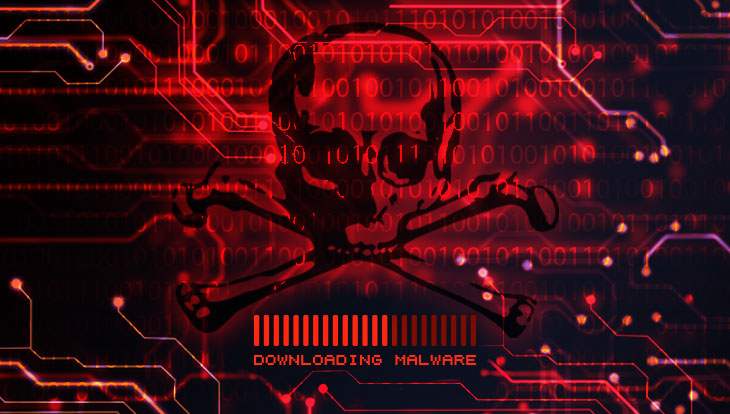Traditional Malware vs. Fileless Infections
Traditional malware spreads through file-based attacks. This means they rely on an executable file to install the malware. Once the executable file that holds the malware is installed, the malware can infect accordingly.
Fileless attacks do not rely on an executable. Instead, they inject malicious code into legitimate scripting engines such as PowerShell or CScript. Since scripting engines are often not scanned for security purposes, fileless attacks are 10 times more successful than file-based attacks. Due to the increased success rates, it should come as no surprise that fileless malware attacks accounted for 35% of all cyber attacks in 2018.
Being Proactive
Few security solutions thwart fileless scripting attacks. However, it is still imperative users find a program that does include this protection, considering a third of all cyber attacks are executing this way.
PC Matic Pro is available for business use and includes an automated application whitelist coupled with a malicious script block. The whitelist protection offered effectively blocks malicious file-based attacks, and their patent-pending hooking process protects devices from being victimized by fileless infections. PC Matic also possesses these two layers of protection and is available for home users.



